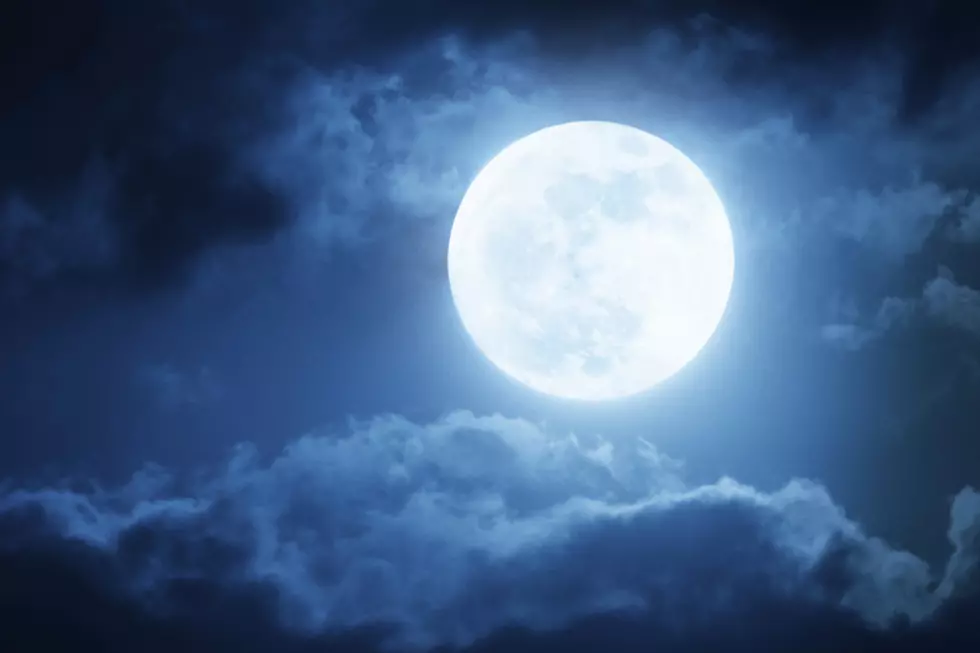
Apogee Happening Tuesday
By now we’re used to the term super-moon. It’s an astronomical event in which the moon is closer to the earth and therefore appears bigger and brighter in the night sky. But what about the opposite?

The moon rotates around the earth, not in a perfect circle, but rather more of an elliptical shape. Because of this there is a point in which the moon is closest to the earth, and a point in which it’s furthest away from the earth. The closest point is called the perigee. The furthest point is known as the apogee. The apogee is happening on March 24th.
So on March 24th, at 11:23 a.m., the moon will be at its furthest point to the earth in its rotation. So the moon will appear a little bit dimmer and smaller in the night sky.
But since the moon makes so many orbits around the earth, this tends to happen kind of a lot. Like once-a month a lot. April 20th, May 18th, June 14th, July 12th, August 9th, September 6th, October 3rd, October 30th, November 26th, and December 24th are the rest of the apogee’s this year. But the apogee happening on March 24th is the biggest, as the distance between the earth and moon will be at its greatest of the year, at 252,707 miles.
More From 101.5 KNUE









